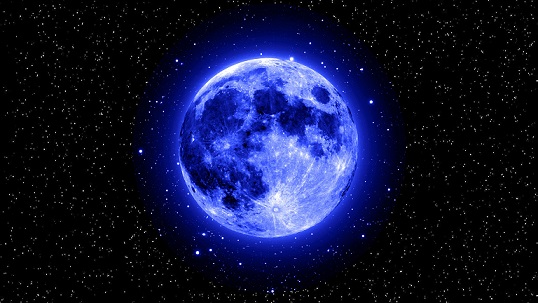

| Visitors Now: | |
| Total Visits: | |
| Total Stories: |

| Story Views | |
| Now: | |
| Last Hour: | |
| Last 24 Hours: | |
| Total: | |
Another Strong CME is On the Way – Sundiving Comet and Full-Halo CME – True Blue Moon Rise?
ANOTHER CME IS ON THE WAY: As Earth passes through the wake of one CME, which did little to stir geomagnetic activity on Aug. 20th, another CME is on the way.
NOAA forecasters expect a coronal mass ejection hurled into space yesterday by an erupting magnetic filament to deliver a glancing blow to Earth’s magnetic field on Aug. 23rd. High-latitude sky watchers should be alert for auroras.
New sunspot AR1827 has a ‘beta-gamma’ magnetic field that poses a threat for M-class solar flares.
Watch the video here: https://www.youtube.com/watch?v=Ni7gLC2I8Vs

Credit: NASA/SOHO
SUNDIVING COMET AND FULL-HALO CME: A small comet plunged into the sun on August 20th. Just before it arrived, the sun expelled a magnificent full-halo CME.
In the final frames of the movie, the comet can be seen furiously vaporizing. Indeed, those were the comet’s final frames.
It did not emerge again from its flyby of the hot sun. “With a diameter of perhaps a few tens of meters, this comet was clearly far too small to survive the intense bombardment of solar radiation,” comments Karl Battams of the Naval Research Lab, who studies sungrazing comets.

TRUE BLUE MOON? Was last night’s full Moon a “Blue Moon?”
Some observers say “yes,” but not because the Moon turned blue.


